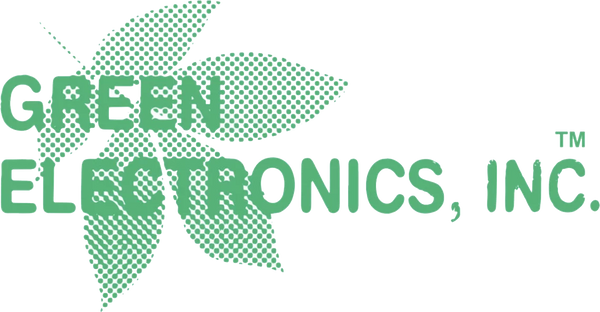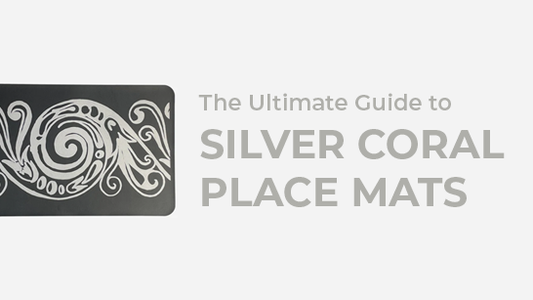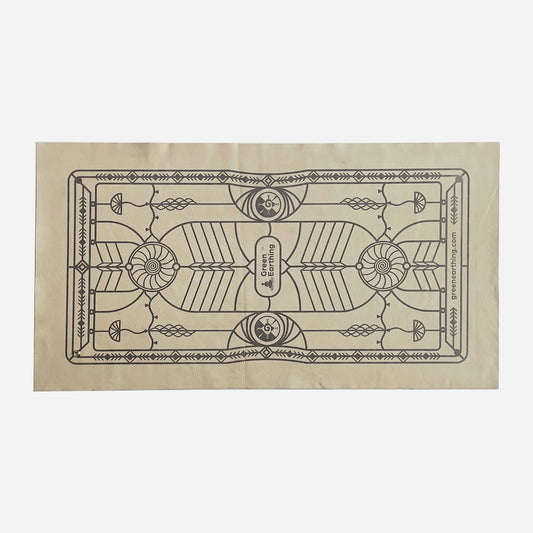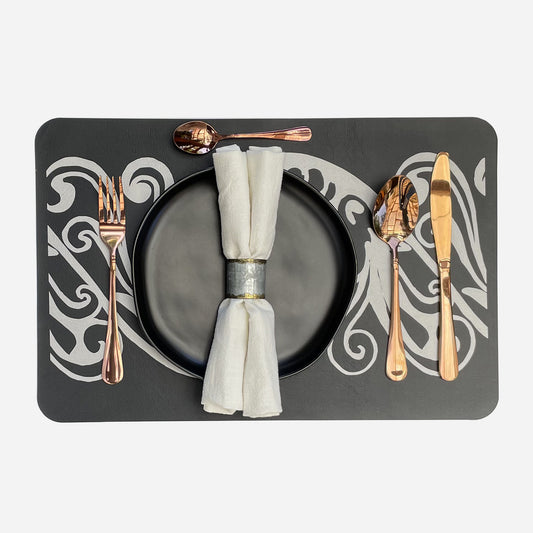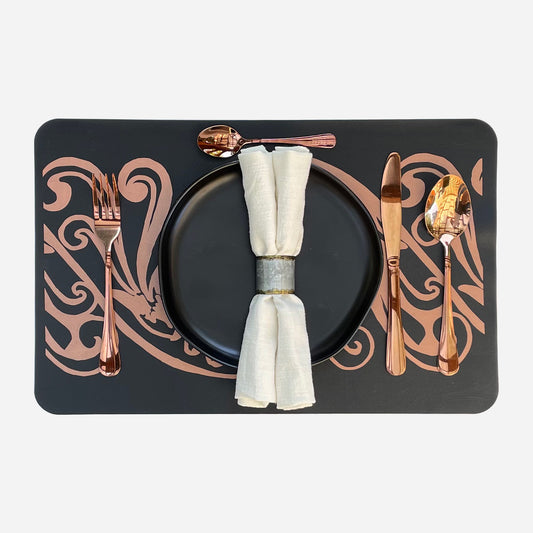Antibacterial Mats: Revolutionizing Hygiene in High-Traffic Environments

How Do Antibacterial Mat Work?
The core principle behind antibacterial mat is the use of materials treated with antimicrobial agents. These agents, often embedded in the fibers or coating of the mat, actively fight against bacteria. The most common materials used include silver ions and zinc oxide, which have natural antibacterial properties. When bacteria come into contact with the mat's surface, these agents disrupt the bacteria's cell walls, preventing them from multiplying and causing contamination. The result is a cleaner, safer surface that can drastically reduce the risk of infections and cross-contamination.
Importance of Hygiene in High-Traffic Areas
In high-traffic areas like hospitals, schools, gyms, and public transportation hubs, maintaining hygiene is a constant challenge. These environments are breeding grounds for germs due to the sheer number of people passing through daily. Antibacterial mats play a crucial role in mitigating these risks by offering a protective layer that actively combats bacterial growth. In places where cleanliness is paramount, such as in healthcare facilities, these mats are indispensable for preventing the spread of harmful pathogens.
Common Uses for Antibacterial Mats
Antibacterial mats are incredibly versatile and are used across a variety of industries. In healthcare, they are often placed in operating rooms, patient recovery areas, and other sterile environments. Schools and daycare centers utilize these mats to protect children from harmful germs, especially in areas where they play or eat. In the hospitality industry, antibacterial mats can be found in kitchens, restrooms, and even at entryways to prevent dirt and bacteria from spreading. Public transportation, airports, and gyms also benefit from the use of these mats, where cleanliness is a constant concern.
Benefits of Using Antibacterial Mats
The benefits of antibacterial mats extend far beyond basic cleanliness. By inhibiting bacterial growth, these mats help reduce the spread of diseases and infections, making them a vital component in any hygiene-focused environment. Additionally, they require less frequent cleaning, reducing maintenance costs and efforts. They also help prolong the life of flooring, as they prevent dirt and grime from penetrating surfaces, keeping them cleaner for longer periods.
Maintenance and Care for Antibacterial Mats
To maintain their effectiveness, antibacterial mats must be regularly cleaned and properly cared for. Routine cleaning with mild detergents helps ensure that the antimicrobial agents continue to work effectively. It’s also essential to dry the mats thoroughly to prevent moisture buildup, which could lead to mold growth.
Cost-Effectiveness of Antibacterial Mats
Though antibacterial mats may have a higher upfront cost compared to regular mats, their long-term benefits make them a cost-effective solution. They reduce the need for frequent cleaning and replacement, thereby saving money over time. Their durability ensures that they last longer, providing continuous protection without frequent upkeep.
Environmental Impact of Antibacterial Mat
Eco-friendly options are available for antibacterial mat, with many manufacturers offering products made from recycled or sustainable materials. These mats not only provide hygienic benefits but also contribute to reducing environmental impact, making them a smart choice for businesses looking to promote sustainability.
Antibacterial Mats vs. Regular Mats
When compared to regular mats, antibacterial mats offer far superior hygiene benefits. While regular mats can trap dirt and bacteria, antibacterial mats actively work to kill germs, ensuring a cleaner and safer environment. This makes them especially valuable in settings where hygiene is a priority.
Future Trends in Antibacterial Mat Technology
The future of antibacterial mats is bright, with ongoing innovations aimed at improving their effectiveness and functionality. New materials and technologies are being developed to enhance antibacterial properties and create mats that are not only hygienic but also eco-friendly and aesthetically pleasing.
FAQs
What are antibacterial mats made of ?
Antibacterial mats are typically made from materials such as PVC, rubber, or textile fibers infused with antimicrobial agents like silver ions or zinc oxide.
How often should antibacterial mats be cleaned?
Antibacterial mats should be cleaned regularly, at least once a week or as needed, depending on the environment in which they are used.
Are antibacterial mats safe for home use?
Yes, antibacterial mats are safe and beneficial for home use, particularly in areas like kitchens and bathrooms where hygiene is crucial.
Do antibacterial mats prevent mold growth?
Yes, many antibacterial mats are designed to prevent not only bacteria but also mold and mildew from growing on their surfaces.
Can antibacterial mats be used outdoors?
Some antibacterial mats are suitable for outdoor use, but it’s essential to choose a mat made from weather-resistant materials.
How long do antibacterial mats last?
With proper care and maintenance, antibacterial mats can last several years, making them a cost-effective hygiene solution.
Conclusion
In conclusion, antibacterial mats offer a highly effective solution for maintaining hygiene in various high-traffic environments. By utilizing antimicrobial agents like silver ions and zinc oxide, these mats actively prevent bacterial growth, reducing the spread of germs and infections. Their versatile applications across industries such as healthcare, education, and hospitality make them indispensable for promoting cleanliness and safety. Though they may have a higher initial cost, their durability and reduced maintenance requirements contribute to long-term cost savings. Additionally, eco-friendly options support sustainability efforts, further enhancing their value. As advancements in antibacterial mat technology continue, these mats are set to play an even more critical role in ensuring hygienic, safe spaces across different sectors.
